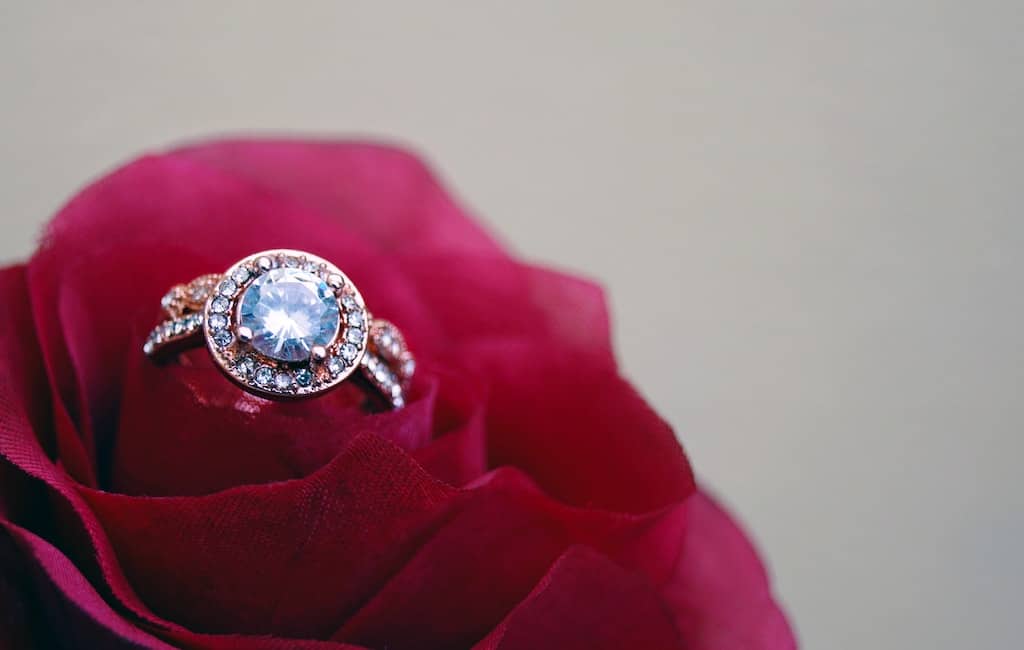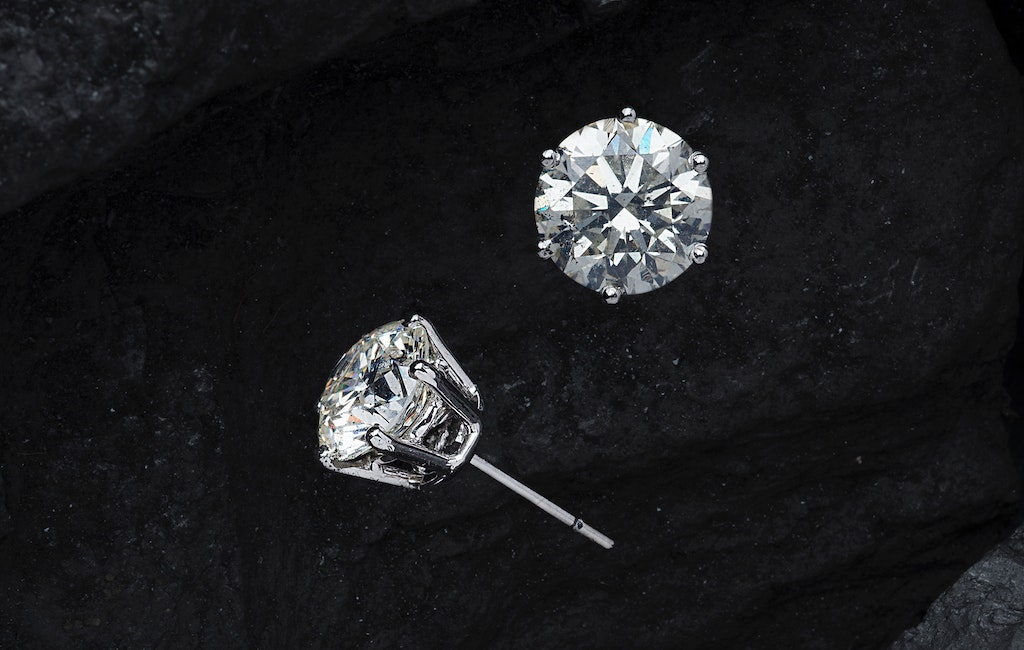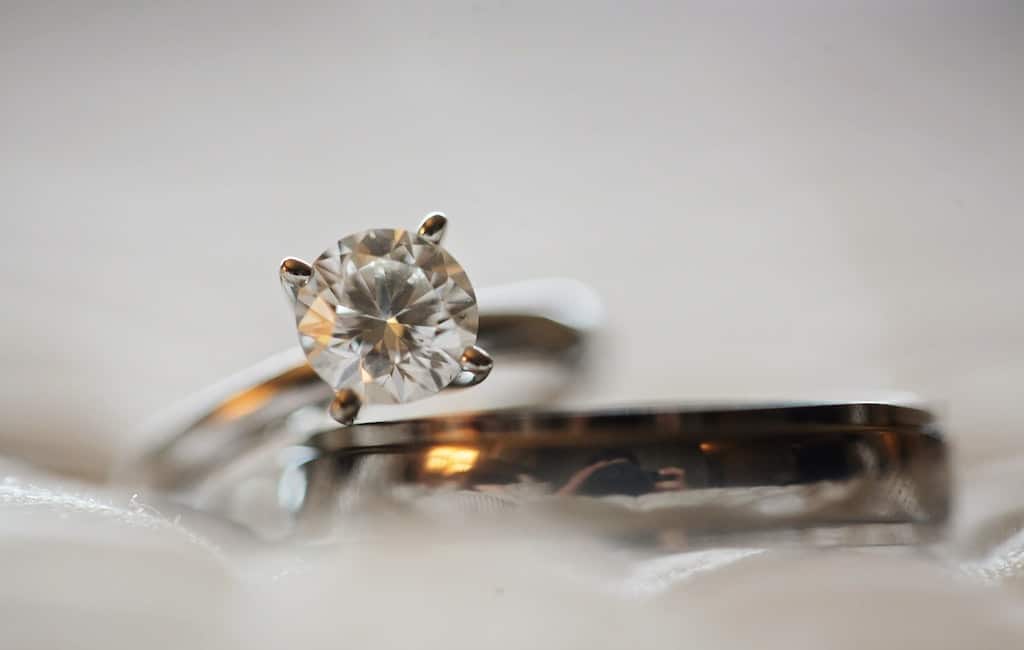Gemstones are basically mineral deposits which have accumulated beneath the earth’s crust over the course of several years (although, some of them may be formed and obtained from organic materials, such as pearls derived from oysters). They are one of the most desirable items in the world because they are beautiful, elegant, and the most expensive of them make great assets for the purpose of financial investment.
Gemstones can either be precious (e.g. diamond, sapphire, ruby and emerald) or semi-precious (e.g. jade, citrine, alexandrite etc). However, of all the gemstones in the world, diamonds are the hardest.

WHAT ARE DIAMONDS?
Diamonds are one of the two known forms in which pure carbon can exist naturally (with the other form being graphite, which is the amorphous form of pure carbon). Diamonds are usually created deep beneath the earth when pure carbon atoms are worked on by the tremendous forces of heat and pressure, which not only transform them but also rearrange them into strong crystal lattices. These strong crystal lattice structures are so tightly bound together that they sometimes take years to form (up to thousands and billions of years, depending on factors like the available pure carbon, pressure and heat at diamond formation sites). Also due to these strong binding forces in diamond’s crystal lattice, other elements do not easily get to infiltrate it (i.e. the crystal lattice structure).
Generally, diamonds are regarded as the hardest materials on earth. Their remarkable hardness is one of the reasons why they are used extensively in industries such as mining and drilling (in fact, most of the diamonds mined around the world are industrial grade diamonds).
Diamonds are also used as abrasives, and due to their peculiar hardness, they are usually the only materials capable of cutting through other diamonds. Despite this property (their hardness), diamonds are still somewhat easy to work with and fashion into pieces such as rings and necklaces; which is part of the reasons why they are used so extensively in the jewelry industry (other reasons include their brilliance, sparkle, commercial value and cultural sentiment which has been attached to them over the course of millennia).
There are different types of diamonds, which can be grouped into several categories depending on characteristics such as color, origin of the diamond and so on. Therefore we have the following groups:

- Colored and colorless diamonds
Diamonds can either be colored or colorless. Colored diamonds are formed when diamonds are exposed to chemicals such as nitrogen (in the case of yellow colored diamonds), boron (in the case of blue colored diamonds), impure carbon (in the case of black colored diamonds) and so many others, which sometimes results in diamond coloration.
The process of color formation is a very unique one in diamonds, because it is quite difficult for other chemicals to infiltrate the tight crystal lattices of diamonds (even while they are being formed). Therefore, colored diamonds are quite rare and expensive.
Apart from exposure to certain chemicals, colored diamonds can also be formed as a result of radiation (green diamonds, for instance, are formed when diamonds are exposed to radiation while they are being formed).
Colorless diamonds, on the other hand, are diamonds whose crystal lattices have not been breached by any chemical element that can result in coloration. They are otherwise known as white diamonds, and happen to be the most popular form of diamonds in the world (as a matter of fact, many people around the world do not know that other colors of diamonds exist).
- Conflict and non-conflict diamonds
On the basis of origin (or factors in the location where they have been mined), diamonds can be grouped into two major categories, which are: conflict and non-conflict diamonds.
Conflict diamonds (also known as blood diamonds), are the kinds of diamonds which are obtained from areas or countries that is experiencing war (or civil unrest). This kind of diamonds are very often mined by opposition forces in such areas, so that the money recovered from their trade can be used to purchase ammunition that results in the loss of life.
Decades ago, there used to be a considerable amount of blood diamonds in the world (particularly in countries such as Sierra Leone). Nowadays, however, this type of diamonds have become tremendously scarce – and rightfully so – because countries around the world are banned from trading them. This scarcity is also because of processes like the Kimberly process, which allows certification of each specific diamond to be embedded into them by means of laser technology.
None conflict diamonds (or conflict-free diamonds), on the other hand, are diamonds which are not mined illegally, by anti-government forces. But more importantly, their sale does not fuel civil unrest at the hand of any legitimate government’s opposition. Therefore, conflict-free diamonds are completely legit (their certification is also embedded in them through the Kimberly process).
WHAT IS 88 FACET DIAMOND?
Facets can be describe as flat surfaces which can be found on the shapes of diamonds (and other gemstones), particularly after they have been cut and polished. Therefore, an 88 facet diamond would happen to be a diamond having 88 flat surfaces on their shape.
These facets are ideally well-proportioned and angled to optimize light reflection, which improves the stone’s brilliance…or at least, that’s the general opinion of some people. Others – including diamond experts and renowned jewelers – say that the total number of facets a diamond has does not necessarily influence its brilliance; rather, it only dictates the patterns and angles of reflection of light upon it.
Every diamond has its own cut and number of facets (which may not exactly be unique to it), but there are not many 88 facets diamonds known widely around the world (because most diamonds have around 57 facets). The most popular 88 facet diamond is known as the 88, and it is absolutely unique because every minute tilt of the diamond reflects a reel of light. This type of cut also happens to be patented, which means there may never be another one like it.

